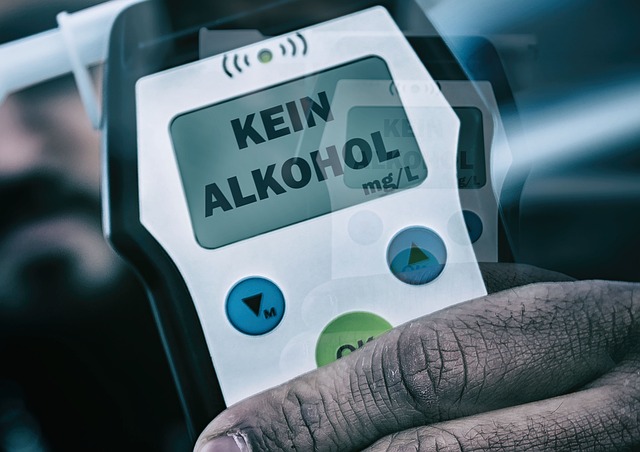Rural communities face unique challenges in preventing DUI due to limited resources, lower population densities, and longer response times, which can contribute to a culture of alcohol dependency. Effectively addressing these issues requires tailored strategies such as community education programs, enhanced collaboration between local authorities and residents, and innovative technological solutions that prioritize safety without infringing on privacy. A multi-faceted approach involving stricter license penalties, increased road patrols with advanced technology, awareness campaigns, targeted enforcement during high-risk periods, and resident reporting initiatives has proven effective in reducing rural DUI incidents and keeping communities safe.
In rural communities, DUI prevention presents unique challenges due to limited resources and loopholes in legislation. This article delves into understanding the specific difficulties faced by these areas, focusing on strategies to close gaps and enhance safety measures. By examining current practices and implementing innovative solutions, we aim to highlight effective ways to combat drunk driving in rural settings, ensuring safer roads for all.
- Understanding Rural Community DUI Prevention Challenges
- Strategies to Close Loopholes and Enhance Safety Measures
Understanding Rural Community DUI Prevention Challenges

Rural communities often face unique challenges when it comes to DUI (drunk driving) prevention due to a combination of factors, including limited resources and lower population densities. Law enforcement agencies in these areas may struggle to conduct as many random breath tests or high-visibility patrols as their urban counterparts, making it difficult to deter potential drunk drivers. Additionally, the distance between locations can make prompt response times challenging, increasing the risk of accidents.
The low population density also means that there are fewer witnesses and less public pressure to enforce DUI laws strictly. Many rural residents may also rely on cars for essential daily tasks, leading to a potential culture of dependence on alcohol as a social lubricant within close-knit communities. Addressing these challenges requires tailored strategies, such as community education programs, increased collaboration between local authorities and residents, and the implementation of innovative technologies to improve safety without infringing on privacy.
Strategies to Close Loopholes and Enhance Safety Measures

In the realm of rural community safety, addressing loopholes is a game-changer for DUI (Drunk Driving Under Influence) prevention. Strategies to close these gaps involve multifaceted approaches. One key method is implementing stringent license suspension and revocation protocols for offenders, ensuring that those found guilty of DUI face significant consequences. This can be coupled with increased road patrols in rural areas, utilizing advanced technology such as sobriety checkpoints and vehicle tracking devices to deter potential drunk drivers.
Furthermore, community engagement plays a pivotal role. Educating residents about the dangers of DUI through awareness campaigns and workshops can foster a culture of responsibility. Encouraging individuals to report suspicious behavior and supporting local initiatives that promote responsible drinking can collectively enhance safety measures. Specifically, targeting high-risk periods and locations, such as holiday weekends or remote entertainment venues, with targeted enforcement efforts has proven effective in reducing rural community DUI incidents.
Addressing rural community DUI prevention challenges requires a multi-faceted approach, leveraging strategic interventions to close gaps in safety measures. By implementing evidence-based strategies targeted at loopholes, we can enhance road safety and protect vulnerable rural communities. Through collaborative efforts between law enforcement, community leaders, and policymakers, it’s possible to create a safer environment, ensuring that everyone enjoys the benefits of living in these beautiful, but sometimes perilous, regions.






